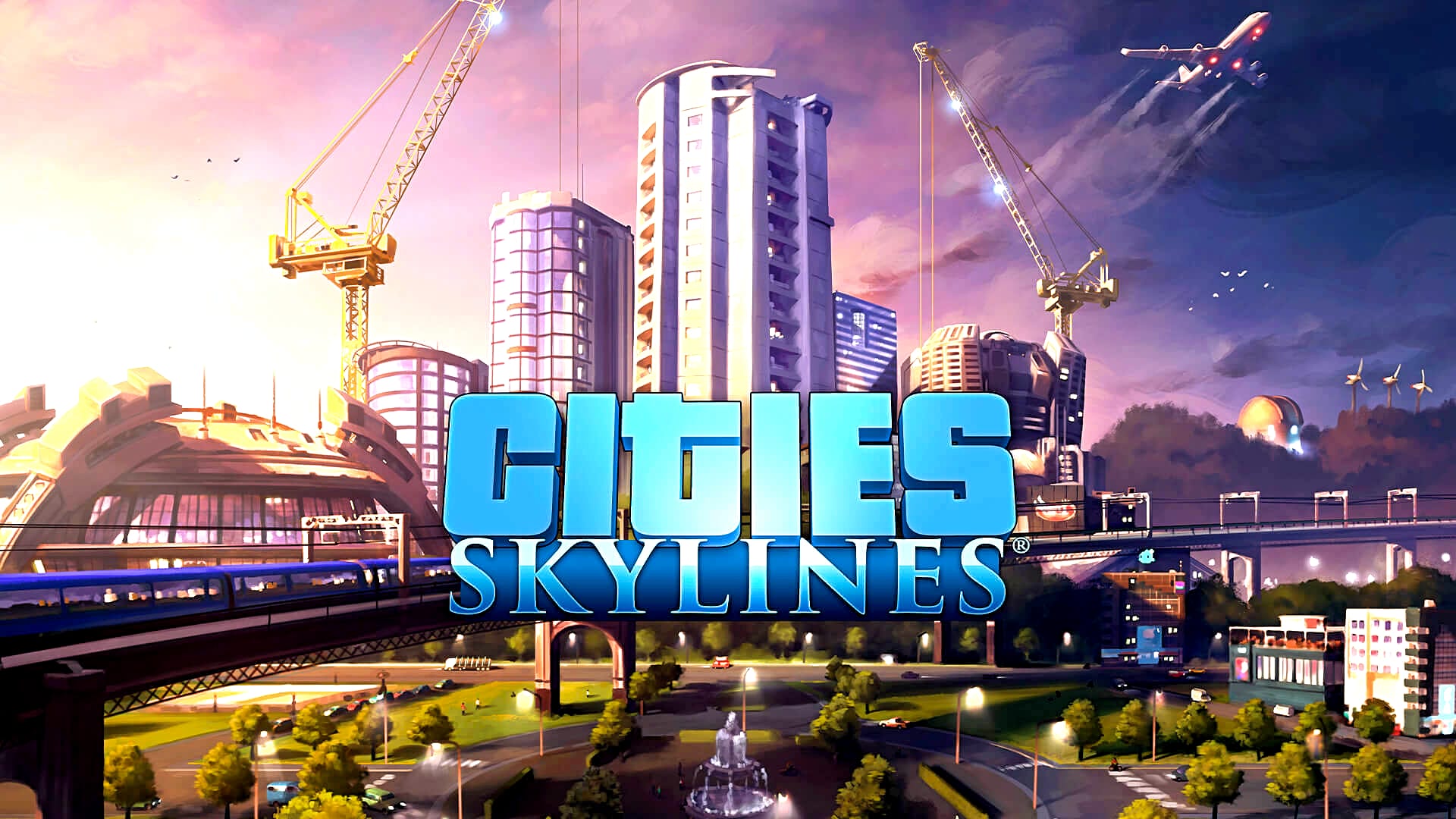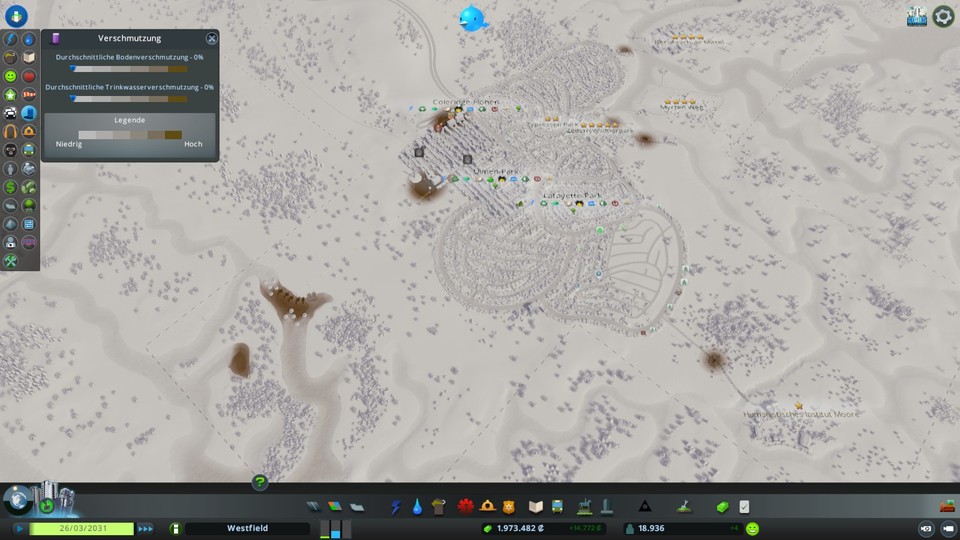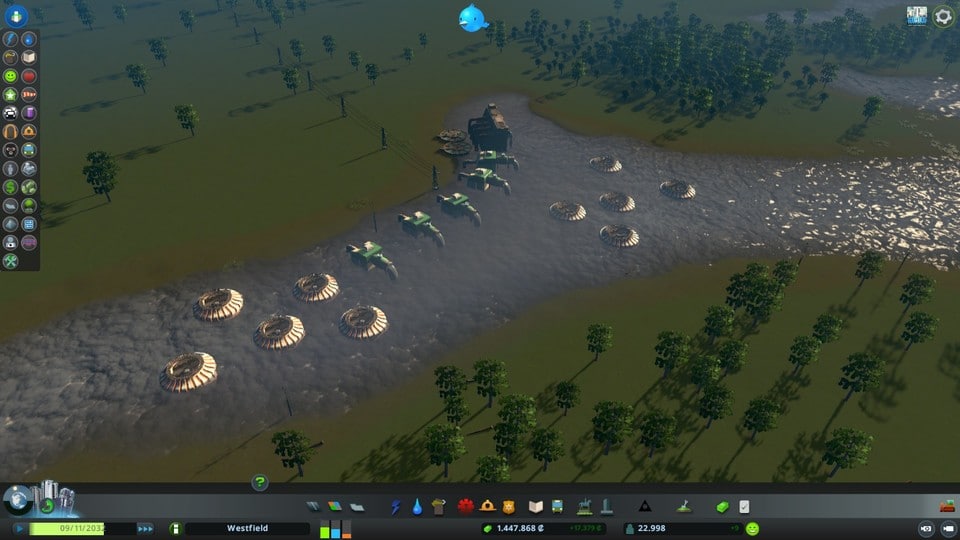Cities: Skylines now has a lot to offer and sits firmly on the city-building throne. In the post-test, we reveal which DLCs are most worthwhile.
Once upon a time, Cities: Skylines was the final nail in the coffin of the Sim City series, receiving universal critical and popular acclaim and being crowned the new ruler of the building game genre. That was 2015 and a lot has happened since then – but Cities: Skylines has remained.
Seven years later, the city-building simulation is a bit outdated graphically, but still enjoys a large community and is often used as a benchmark for new building games.
Meanwhile, the makers from Finland have not rested on their laurels: Ten add-ons and countless mini-expansions have been released, often combined with innovations for the basic game. That’s why we have been busy building cities and testing what the game, which already received 88 points from us when it was first released, can do today. The result: quite a lot.
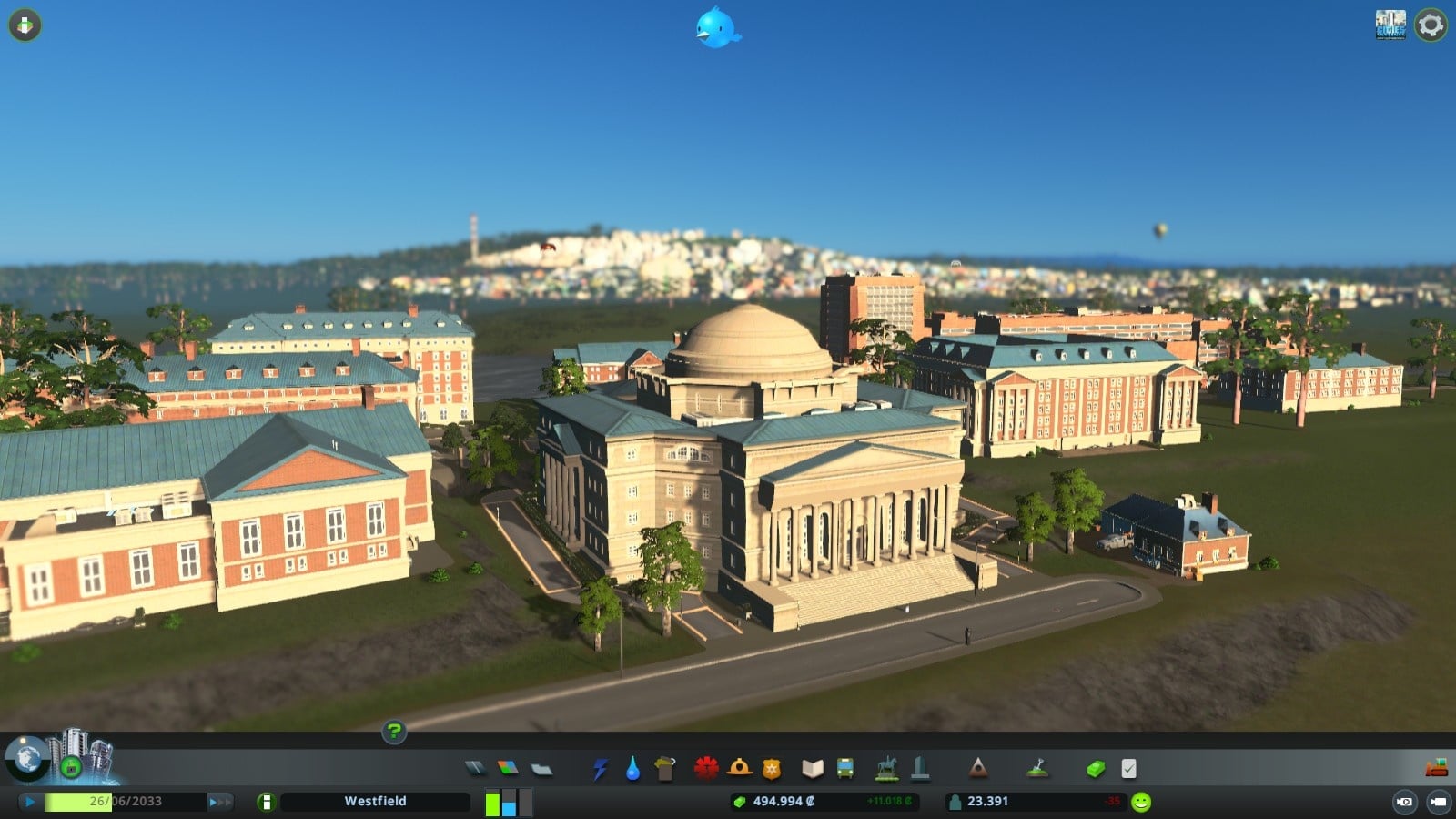
Table of Contents
One city is not enough anymore
While we built the one, ultimate big city in our original review of Cities: Skylines, it quickly becomes clear in 2022 that it no longer does. All the expansions at once, that brings far too many possibilities and ends up with us not even using half of them. So instead of one, we build three cities this time and they couldn’t be more different.
- The first one we take the Campus, Parklife and Green Cities DLCs to is supposed to be an educational and eco-heaven where heavy industry is unthinkable and “CO2 emissions” is a swear word of the most evil kind.
- For the second city, a post-apocalyptic snow city à la Frostpunk, we’re packing Snowfall, Natural Disasters and Industries.
- For the last city, we also have clear ideas: lots of partying, lots of beaches and a tasteless amount of tourism, with After Dark, Airports and Sunset Harbor.
But before we start our journey through time and the world, a word about the new additions to all three cities. Mass Transit is the only DLC we’re taking to all cities, because we wouldn’t want to miss the new roads and the wide range of transport options such as cable cars, ferries and monorails in any city. Although many other expansions are thematically more exciting, the flexible deployment options make Mass Transit probably the most valuable DLC.
Cities: Skylines has always convinced us with its complicated but plausible transport system that invites hours of tinkering and trial and error. Now, with Mass Transit, we get a nifty new toolbox to let off steam in our street clutter.
In addition, there are all the patches that have been released over the years, with which Colossal Order has also fixed the last bugs. Apart from quite long loading times, the game ran seamlessly and without errors in our post-test. The patches and DLCs often added free innovations to the basic game, such as the day-night change, tunnels, libraries or the map editor. While the base game has not changed profoundly, Colossal Order has not neglected it in favour of the DLCs and has delivered many features requested by players.
Also free are the countless mods, of which we have presented some highlights here. Colossal Order rewards the best mods from time to time and integrates them into the base game – which in turn motivates the community.
Let’s go to the bioparadise
Our first stop takes us to the land of the pine rivers, where our dream in green is to be created. Much has remained the same in city planning compared to 2015, especially in the early game. We demarcate the first residential, commercial and industrial areas and gradually place the unlocked buildings such as fire stations and schools.
Motivated by our own ideals, we rely on green alternatives like wind power and eco-drainage pipes from the outset. This has advantages like less soil and water pollution, but gets us into real trouble financially. Organic – as in real life – is more expensive and as mayor we can’t afford to neglect the finances. In a flash, taxes are raised a little and the problem is out of the world for the time being. Apart from that, Green Cities works wonderfully: our city is noticeably quieter, cleaner and therefore happier.
Latest the zoos, nature reserves, recreational and city parks introduced by Park Life solve our money problem. Most of the time, Cities: Skylines plays itself out on a large scale. In the parks, however, we build every single detail piece by piece. For example, after we have placed a theme park main building, we gradually unlock the rides and connect them with paths.
Although Park Life cannot compete with Planet Coaster, it still offers a welcome change and fits wonderfully into the flow of the game. If we spend a few minutes building the parks, our city coffers will fill up by themselves and we can treat ourselves to a few larger purchases.
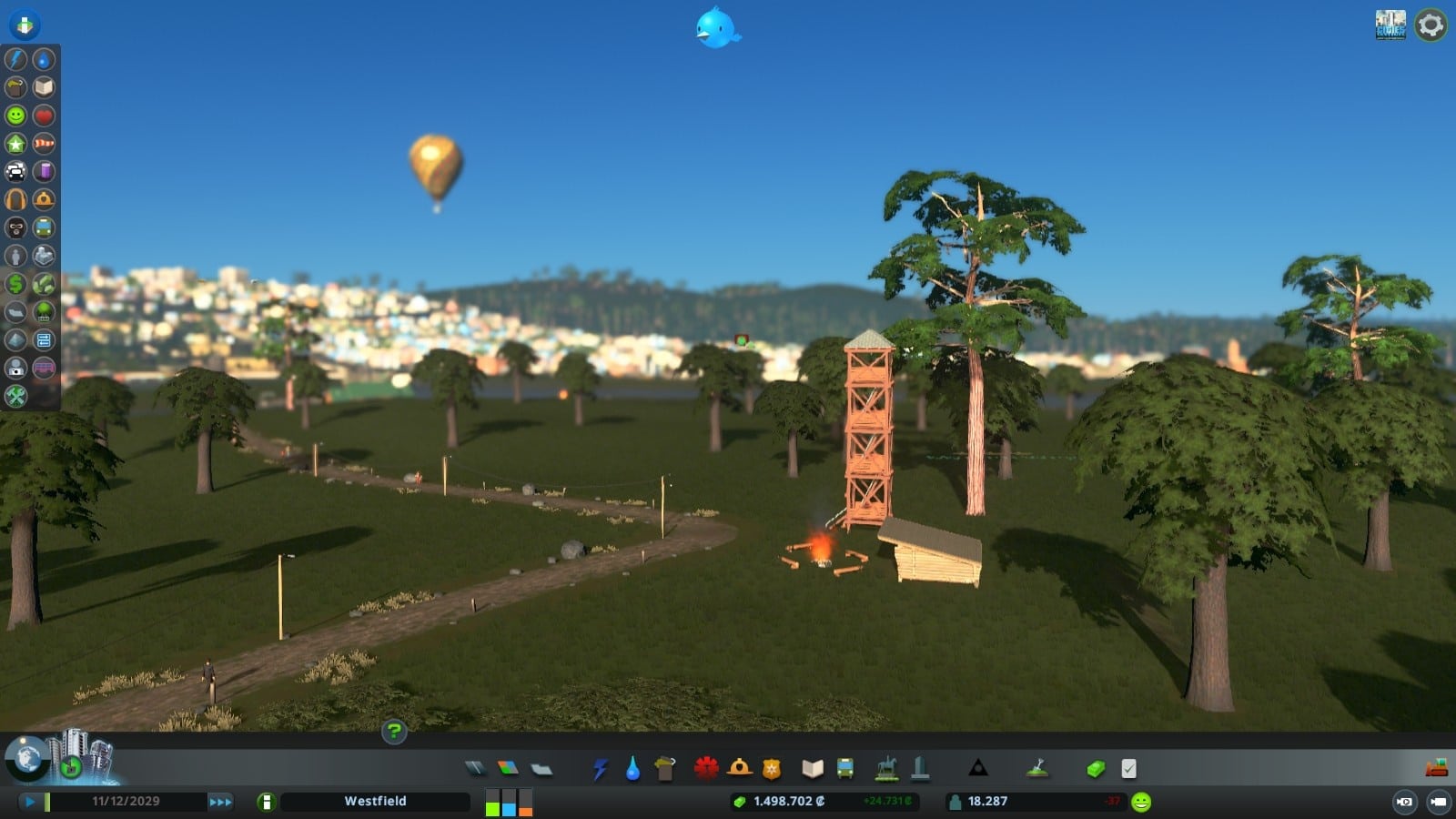
Another key to our success is our extensive university system. We educate our people to the hilt in three universities. This works similarly to the parks via a level system: the more attractive the campus and the higher the number of students, the better the star rating. Each new star brings new buildings such as faculties to our universities.
The humanities and the general university in particular are architecturally worth seeing and form extensive complexes on which students scurry back and forth. Once they are done with their studies, they naturally don’t want to work in big factories and thus blend in wonderfully with our cityscape. At the latest, we tear down our last industrial areas and rely on office buildings where our citizens happily ruin their backs before straightening them in the yoga garden next door or the national park across the street. Our organic city is perfect – and almost too real.
In the eternal winter it’s cold – and dangerous
Our next city shows just how versatile Cities: Skylines has become. The snow-covered and mountainous Frostland map is teeming with earthquakes and tsunamis, and no one has ever heard of sustainable cultivation.
The Snowfall DLC doesn’t bring seasons, no, it’s perpetual winter and our citizens have a new need for heating. This is expensive and a bit of a hassle, plus Snowfall otherwise brings mainly visual changes and is therefore, in our opinion, less worthwhile than many other DLCs.
The situation is quite different with the Industries DLC. Simplistically awarded industrial areas are a thing of the past; from now on we place each industrial building individually. This is time-consuming, but we are rewarded with extensive and profitable production chains. From the simple cow pasture to the gigantic car factory, everything is included.
Because the areas are linked to raw material deposits, they are spread all over the city. Optimising these chains is traffic tinkering at its best and there is great joy when the car factory finally runs. The industries are literally the engine that keeps our nature-stricken city going.
For our winter metropolis is not only icy, it is regularly hit by nasty natural disasters. Unfortunately, this is again more exhausting than fun. We build all kinds of rescue and shelter buildings, but when everything is in ruins, we still have to do it ourselves every time. Meanwhile, the rest of the game is almost unchanged.
The most fun we had at the end was when we blew up our city ourselves with manually triggered natural disasters.
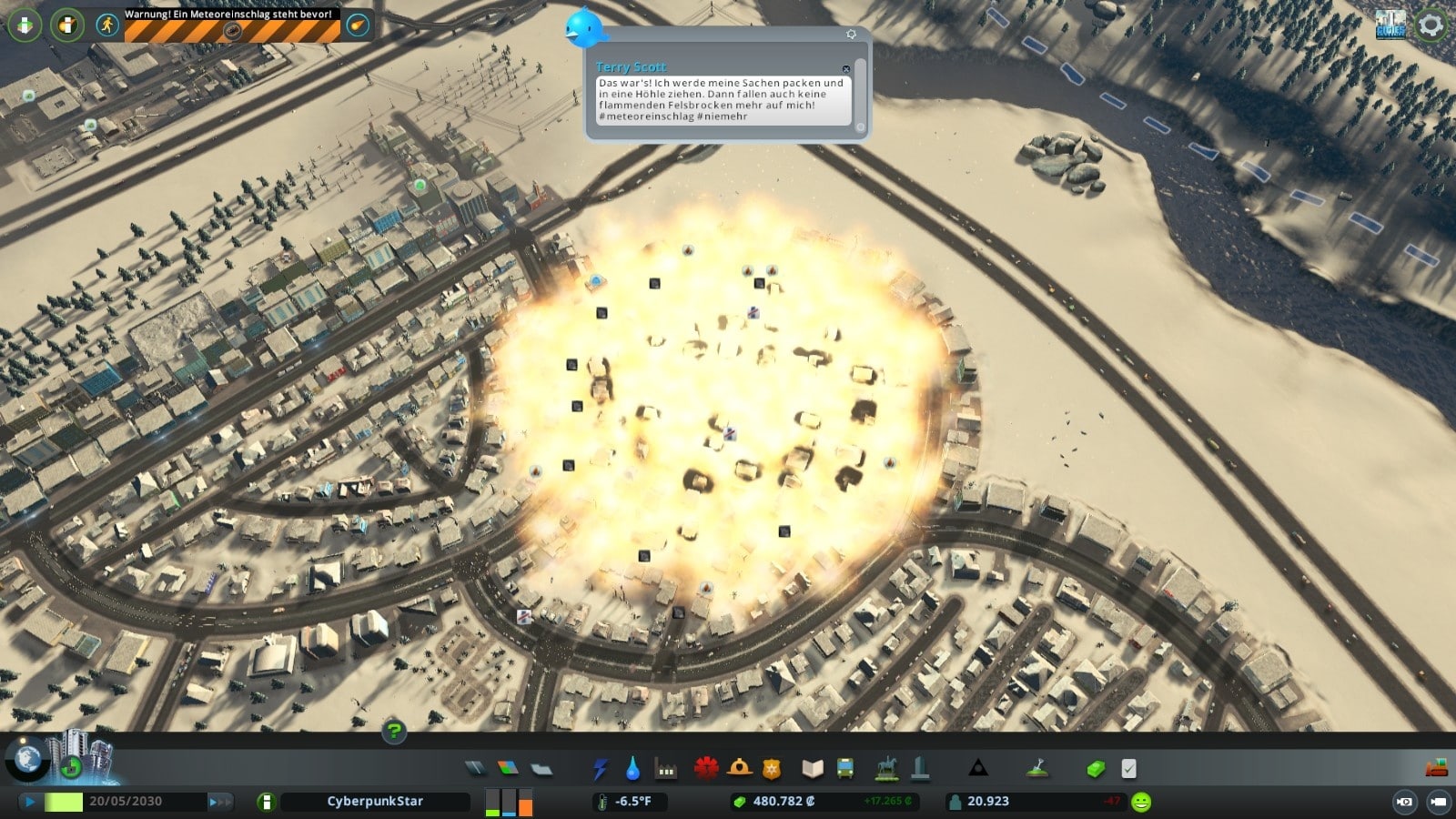
A tropical tourist trap
On the beach of Asanu map grows our next metropolis. As quickly as possible, we move all our trade to the beach, because this is where the new Ballermann is to be built. Thanks to the After Dark DLC, the sun sets, but we shine all the brighter in the party sky. At night, our tourist and party districts with flashing neon lights and large hotel complexes are all the more impressive. And at the latest when we fill the beach promenade with sand to attract even more tourists with gigantic monuments, the Dubai fantasy is complete.
Dubai wouldn’t be Dubai and Mallorca wouldn’t be Mallorca without airports that fly in tourists en masse. With the latest DLC Airports, we can control this even better and build runways, terminals and even found our own airline. Above all, the ultra-modern airport also looks chic and fits in well with our bulging city filled with monuments. And the concept works: Tourists love our consumer paradise and soon not only the sun will be smiling on the beach of Asanu, but also our city coffers.
The mini-expansions Match Day and Concerts are not earth-shattering, but they are also in good hands on Asanu beach. The nightclub, festival grounds and football stadium are, after all, another opportunity for our tourists to spend money.
Only the Sunset Harbor DLC is a bit of a buzzkill in our party hell. The flying club may still fit, but the fishing industry and the thrown-together new transport options are not particularly inspiring. Other DLCs like Industries and Mass Transit can do that miles better.
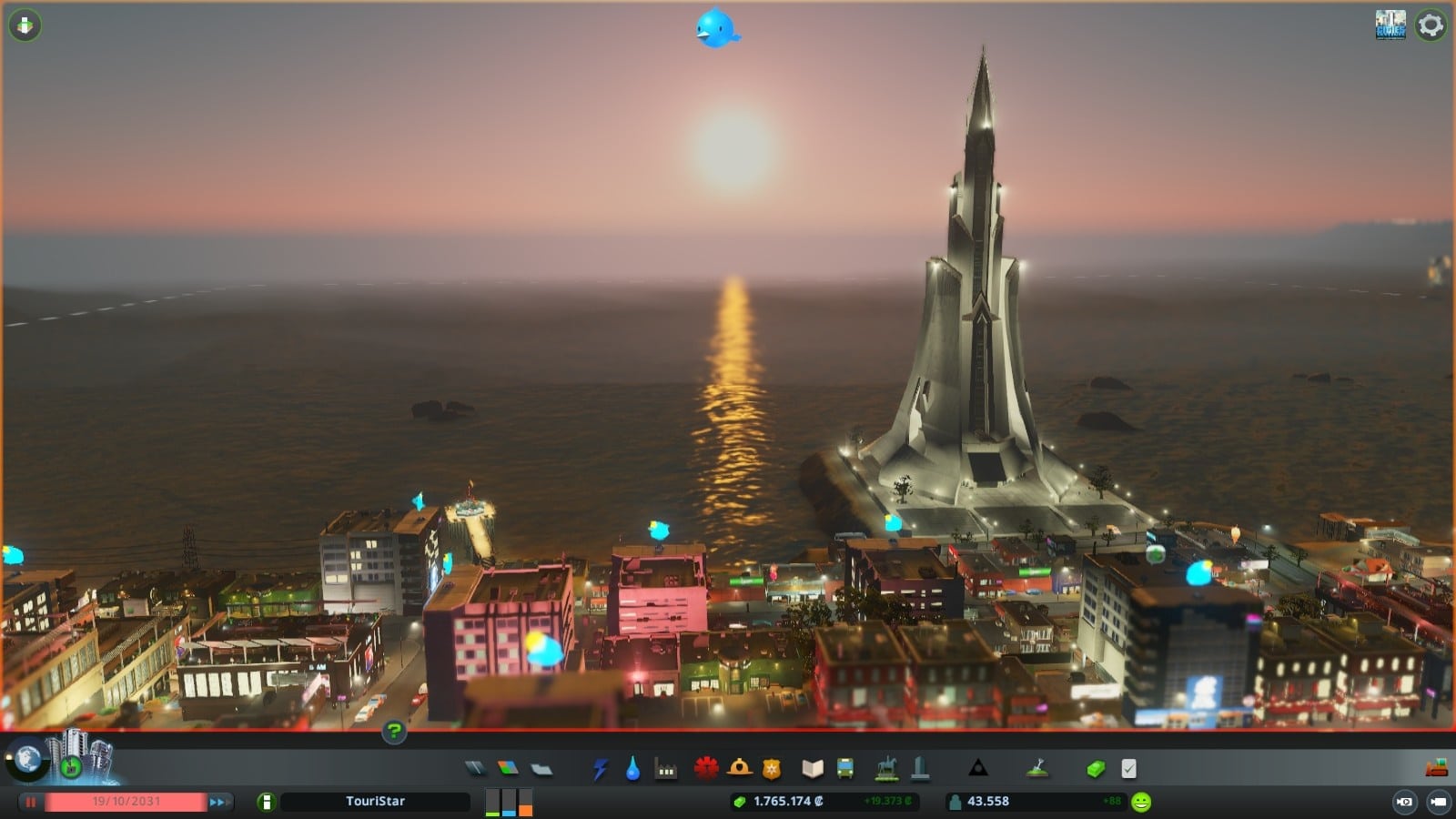
This brings us to our only criticism of Cities: Skylines: the DLCs vary wildly in quality. While Industries, Parklife and Mass Transit noticeably enrich our cities, Snowfall, Natural Disasters and Sunset Harbor seem unimaginative and tedious in comparison. There is actually no lack of new themes: we would find an expansion with real old towns and hybrid zones exciting, for example. Apart from that, in our opinion almost everything is right and Cities: Skylines still rightly sits on the genre throne seven years after its release.
Which DLCs are most worthwhile?
Unlimited buy recommendation
- Mass Transit: Traffic has always been the heart of Cities: Skylines. Mass Transit makes it beat even higher.
- Parklife: The parks are varied and pretty to look at and offer the best implementation of the mini-game system.
- Industries: An indispensable improvement of the industrial areas. Production chains are complex and well interlocked.
Definitely worthwhile
- Green Cities: Comprehensive and thorough expansion with an exciting theme.
- Airports: Follows the same principle as Parklife and Campus, but is unfortunately somewhat less versatile.
- After Dark: You don’t need the DLC for the day-night cycle, tourist cities still build nicely.
Finger off
Snowfall: Snow only exists on the DLC maps. The associated mechanics are one thing above all: tedious.
Natural Disasters: A must for hobby arsonists, everyone else will probably find rebuilding the cities too exhausting.
Sunset Harbor: Everything Sunset Harbor can do, other DLCs can do better.
Epic is giving away an absolute building strategy hit from now on.
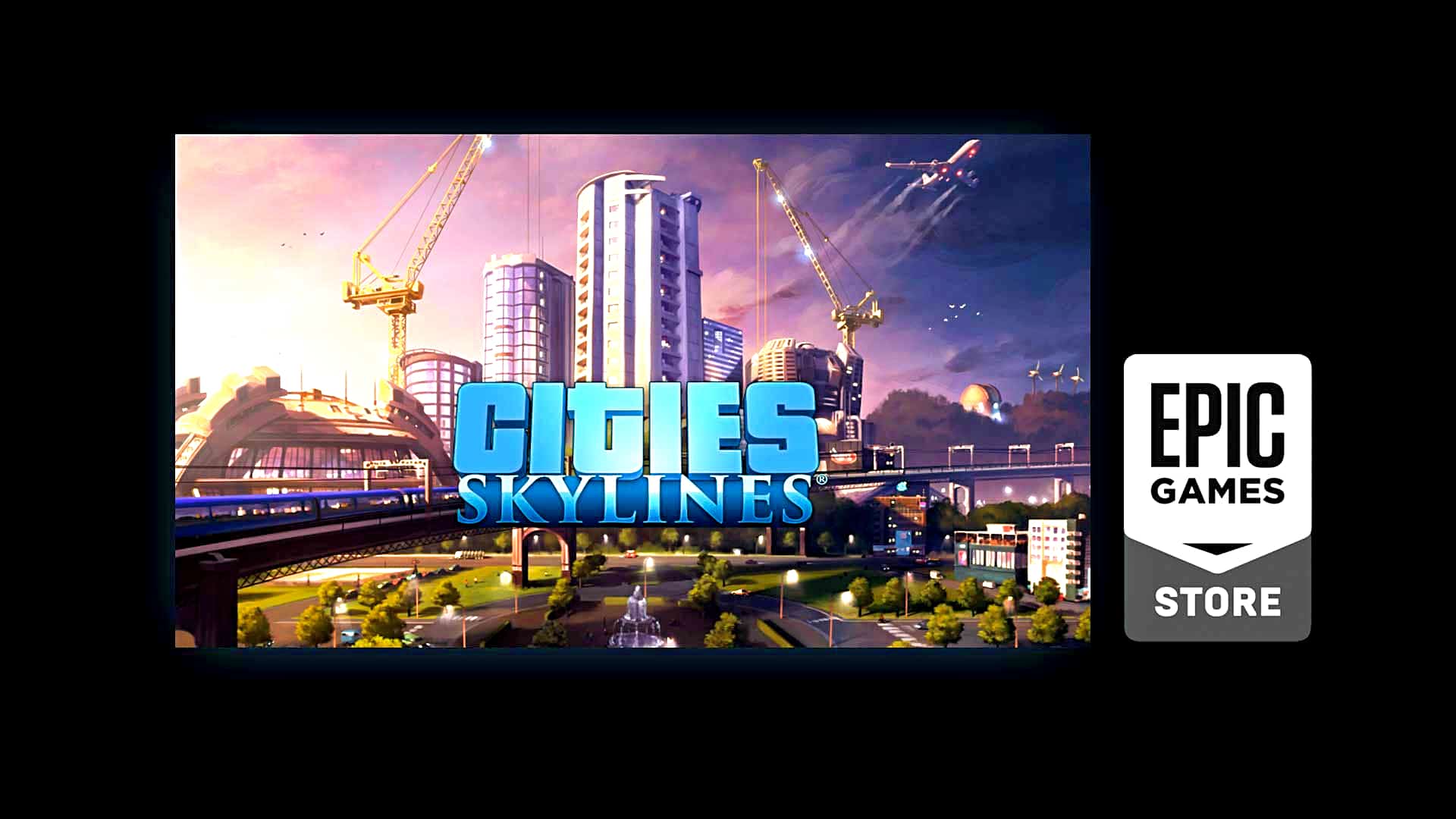
* What’s inside? Epic is giving away Cities Skylines in the basic version, i.e. without the now dozens of add-ons and expansions. Interested parties can purchase the DLCs in the Epic Store if they wish to do so.
* How long will the game be free? The free promotion runs from 10 to 17 March 2022 at 17:00. If you get Cities Skylines for free during this period, you can call it your own permanently. An Epic Games account is a prerequisite, however.
This is what Cities Skylines is all about
Even in its basic version, Cities Skylines offers hundreds of hours of gameplay for construction-minded strategists. Similar to Sim City, you build an entire city from the ground up. Residential districts, commercial and industrial areas need to be coordinated in a sensible way.
Suitable for whom?
Most construction strategy fans are probably familiar with Cities Skylines – or have already sunk several hours into it. If you are still unfamiliar with the subgenre of city-building simulations, the gift is also worthwhile. After all, there is currently no better game in the city sim genre than Cities Skylines.
However, you have to accept a rather steep learning curve if you start from scratch in the game. Although there is subtle help for beginners, your city will quickly become very confusing and the tightly interlocked mechanics are only too happy to punish building mistakes. But for many passionate building heroes, taking an entry hurdle is simply part of the genre.
Get interested? Go to the Epic gift campaign here:
* (Click Here to Get Cities Skylines on Epic Games Store) *
If, however, you can’t live with the hassle of digging through a bunch of DLCs to buy the experience that’s right for you, Cities Skylines might get on your nerves. After all, there are no less than 38 additional contents. But the free game is still worth trying out.
Editor’s verdict
At the time of its release, Cities: Skylines was a hit for me and captivated me with its sophisticated traffic mechanics. Nevertheless, I always found the creative aspect and the question of what kind of cities I can build more exciting. That’s why the game appeals to me even more today. So much is possible and I can hardly contain myself with ideas for my cities. Although some DLCs leave a lot to be desired, others are all the better for it and keep me interested. Cities: Skylines is still the status quo in the genre for me and I regularly find myself preferring it to other, newer games. This is due in no small part to the likeable developers who, apart from perhaps the weaker DLCs, have never made a mess of things with the gaming community. No wonder so many are loyal to them.

